What is the most dangerous animal on our blue planet? Of course, other than humans, what animal deserves that title?
Surely everyone can think of lions, tigers, bears, leopards, but in fact those species are nothing, the most dangerous animal on the planet actually has a much smaller body, they often live in the bushes of the Karoo desert, South Africa, they are the smallest cat in Africa – the black-footed cat.
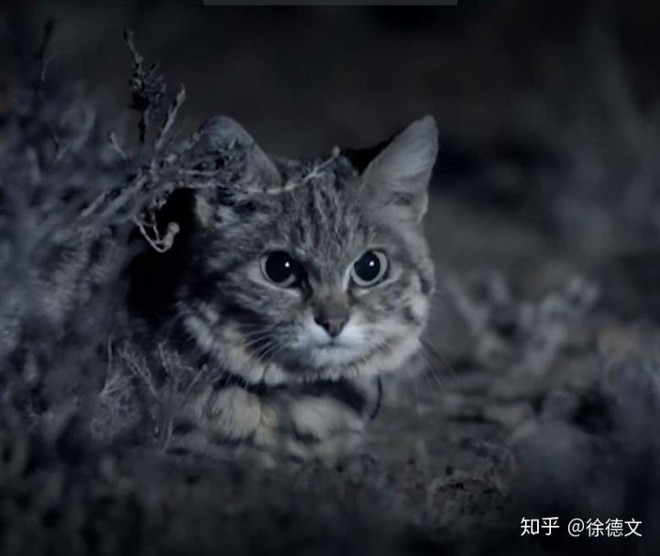
The American television channel PBS recently filmed a documentary called “Super Cat” to talk about black-footed cats.
The black-footed cat is quite modest in size, only 36 – 52 cm long and weighs 1 – 3 kg. It has a round face and a beautiful black spotted coat.
But don’t be fooled by their cute little appearance, they possess extremely large destructive power and strike fear into the birds and rodents that live around their area.
Locals even claim it can kill giraffes, but that’s probably a bit of an exaggeration.

Because black-footed cats are so small and they usually hunt at night, the documentary crew had to use a special light-sensitive camera to record their hunting behavior.
Black-footed cats and other small carnivores have very fast metabolisms, so they must constantly hunt to survive. Each night, black-footed cats must hunt and eat an amount of meat equivalent to one-sixth of their body weight, biologists say.
To put this into perspective, if humans had the metabolic rate of a black-footed cat, a 60kg person would have to eat 10kg of meat a day to survive and thrive.

Like domestic cats, black-footed cats have small bodies and round faces. However, behind that deceptive appearance, they are renowned hunters in the wild.
During the day, black-footed cats rest in burrows at the base of desert bushes. At night, they shed their innocent and cute masks to become cold-blooded predators. Their prey is usually rodents, birds, and sometimes when food is scarce, they also eat scorpions.
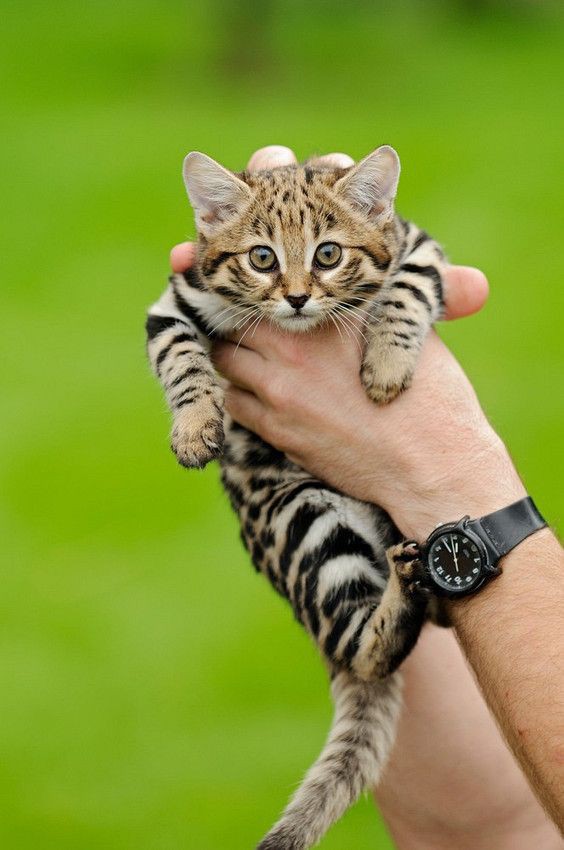
The black-footed cat, known to scientists as Gyra, is one of the smallest cat species in the world and is native to southern Africa.
Black-footed cats have three different hunting methods: using speed to chase birds or mice to catch them. The second method, which is probably the most common method of the cat family, is to silently observe the prey and slowly approach until there is a suitable distance, then they will rush out to finish off the prey.
The third method is to stand silently at the mouth of the cave waiting for prey to pass by and rush forward. Sometimes they can stand still for more than 2 hours just waiting for prey to pass by.

The lower part of their legs and feet possess a black coat, which is why they bear the name black-footed cats.
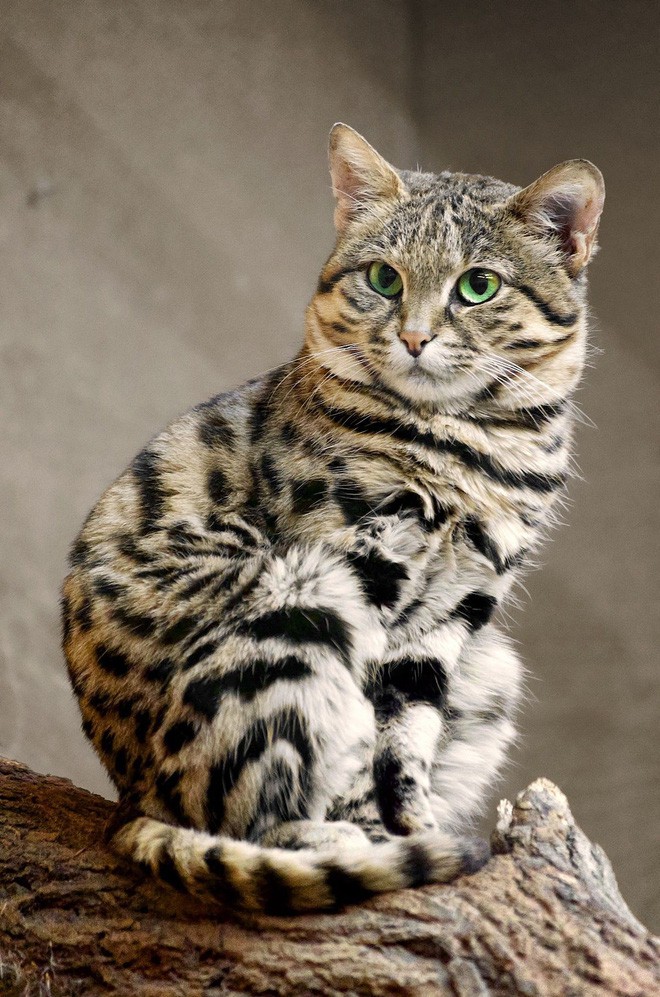
During the day, black-footed cats rest in burrows or termite mounds.
When attacking birds, black-footed cats can even jump up to 1.5m high and cover a distance of 2m, they are only 36 – 52cm long and weigh 1 – 3kg, just imagine if humans could jump as high and far compared to their body proportions as black-footed cats, humanity would be flooded with Superman.
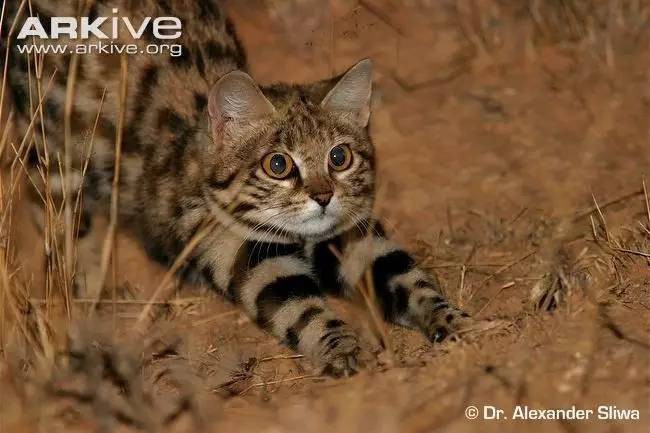
The success rate of each hunt of the black-footed cat is up to 60%, the highest among wild cats.
Every night, black-footed cats run about 32km to find prey, they hunt and kill from 10 to 14 prey, the average speed is 50 minutes for each hunt.
Another study found that a black-footed cat will eat about 3,000 birds and rodents per year.
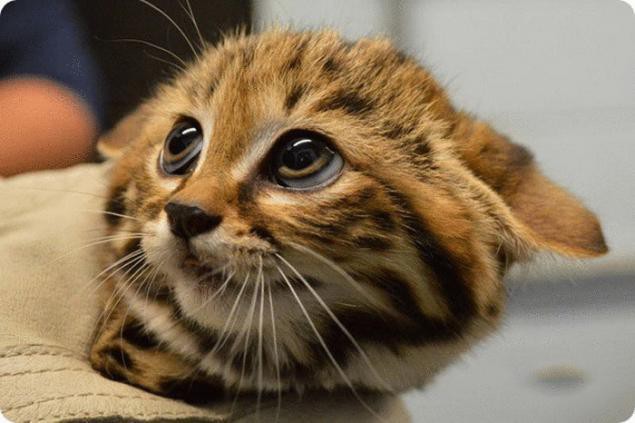
Unlike domestic cats, black-footed cats are solitary and nocturnal, so they are rarely seen. Black-footed cats are also quite poor at climbing compared to other species in the cat family.
But that’s not all, because their hunting success rate is astonishing, with a success rate of up to 60% each time, which means that less than half of the prey can survive when they fall into their sights.
Meanwhile, the success rate of hunting African lions and leopards is only 20 – 25%, and polar bears – the largest carnivore still living on our planet – only have a success rate of 5% in each hunt.
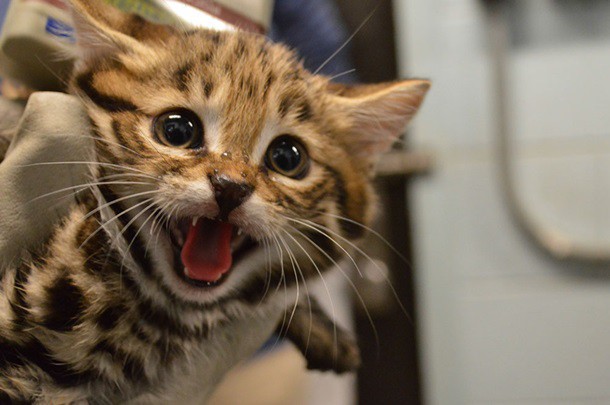
Currently, the species is only found in Botswana, Namibia and South Africa.
Although black-footed cats are very dangerous, today their habitat is being encroached and destroyed by humans, their lives are seriously threatened.
Currently, they have been classified as vulnerable wild animals. However, cats are animals with a very high ability to adapt and survive. It took thousands of years for humans to be able to domesticate them, but after just a few months in the wild, they will become animals with extremely high wild instincts.
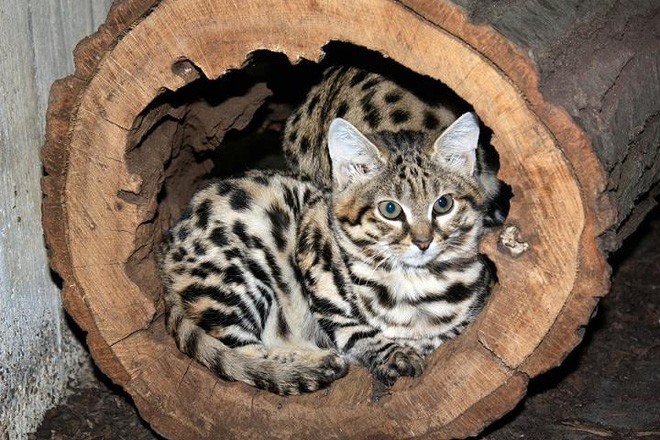
Luke Hunter, conservation director of Panthera, told Weisberger that the black-footed cat kills an average of 10 to 14 rodents or small birds each night because its metabolism requires it to hunt nonstop.
So it is very possible that one day not too far away, in a scenario where humans have taken away all their homes, it is very possible that they will adapt themselves to live in human areas and obviously at this time human pets and poultry will be on their menu.
With the speed of hunting and the success rate mentioned above, it must have caused a lot of damage.

Insects such as spiders and scorpions contribute less than 1% of their total food source.





